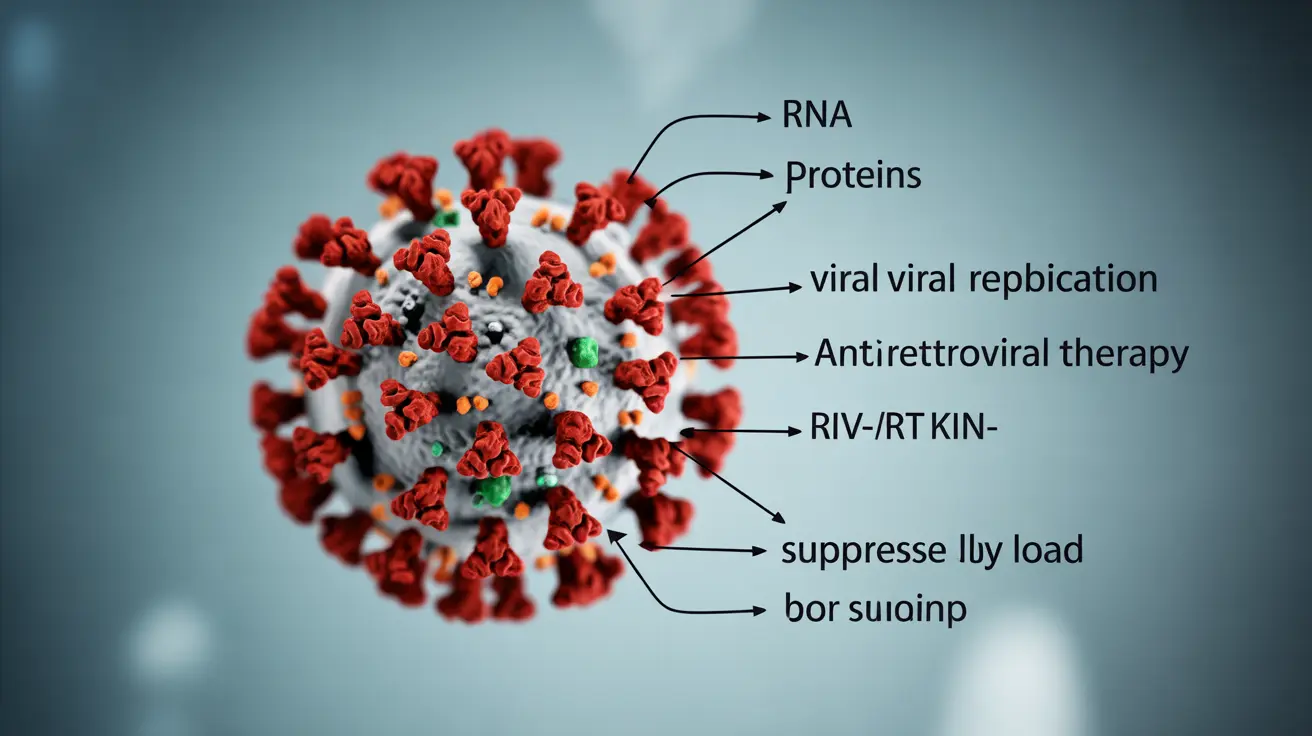HIV-1 is the most common type of Human Immunodeficiency Virus, affecting millions of people worldwide. This comprehensive guide explores the essential aspects of HIV-1, including its symptoms, transmission methods, and current treatment approaches. Understanding this condition is crucial for both prevention and effective management.
Early Symptoms and Stages of HIV-1
HIV-1 infection typically progresses through distinct stages, each with characteristic symptoms. During the acute phase, which occurs 2-4 weeks after exposure, many people experience flu-like symptoms including:
- Fever and chills
- Severe fatigue
- Muscle aches
- Sore throat
- Swollen lymph nodes
- Rash
Following the acute phase, HIV-1 enters a latent period that can last several years. During this time, the virus continues to replicate while the person may show few or no symptoms. Without treatment, the infection typically progresses to AIDS, characterized by severe immune system damage.
Transmission and Prevention Methods
HIV-1 transmission occurs through specific bodily fluids, primarily:
- Blood
- Semen
- Vaginal fluids
- Breast milk
Prevention strategies include consistent use of barrier methods during sexual activity, regular testing, and pre-exposure prophylaxis (PrEP) for high-risk individuals. Healthcare workers should always follow universal precautions when handling blood or other potentially infectious materials.
Modern Treatment Approaches
Antiretroviral therapy (ART) has revolutionized HIV-1 treatment. Current medications can effectively suppress viral replication, allowing people with HIV-1 to lead long, healthy lives. Treatment typically involves a combination of different drug classes to target the virus at various stages of its life cycle.
The Role of Antiretroviral Therapy
ART works by reducing the amount of virus in the body, known as the viral load. When taken as prescribed, these medications can lower viral loads to undetectable levels, significantly reducing the risk of transmission to others. This concept is known as "Undetectable = Untransmittable" (U=U).
Preventing Mother-to-Child Transmission
HIV-1 positive mothers can significantly reduce the risk of transmitting the virus to their babies through comprehensive medical care. This includes:
- Taking antiretroviral medications during pregnancy
- Choosing appropriate delivery methods
- Following medical guidance regarding breastfeeding
- Providing preventive medication to newborns
Frequently Asked Questions
What are the common symptoms and stages of HIV-1 infection?
HIV-1 infection progresses through acute infection (flu-like symptoms), clinical latency (few or no symptoms), and AIDS if untreated. Early symptoms typically include fever, fatigue, muscle aches, and swollen lymph nodes, appearing 2-4 weeks after exposure.
How is HIV-1 transmitted and what are the main ways to prevent its spread?
HIV-1 spreads through specific bodily fluids including blood, semen, vaginal fluids, and breast milk. Prevention methods include safe sex practices, regular testing, PrEP for high-risk individuals, and avoiding sharing needles.
What treatments are available for managing HIV-1 and how effective are they?
Modern antiretroviral therapy (ART) effectively manages HIV-1 by combining different medication classes. When taken as prescribed, these treatments can suppress the virus to undetectable levels and prevent disease progression.
How does antiretroviral therapy (ART) help reduce HIV-1 transmission risk?
ART reduces viral load to undetectable levels, making HIV-1 transmission extremely unlikely. This treatment approach not only protects the person with HIV-1 but also helps prevent transmission to others.
Can HIV-1 positive mothers prevent passing the virus to their babies during pregnancy and breastfeeding?
Yes, with proper medical care and antiretroviral treatment during pregnancy, delivery, and postpartum period, the risk of mother-to-child transmission can be reduced to less than 1%. Healthcare providers will develop specific plans for each mother-baby pair.




